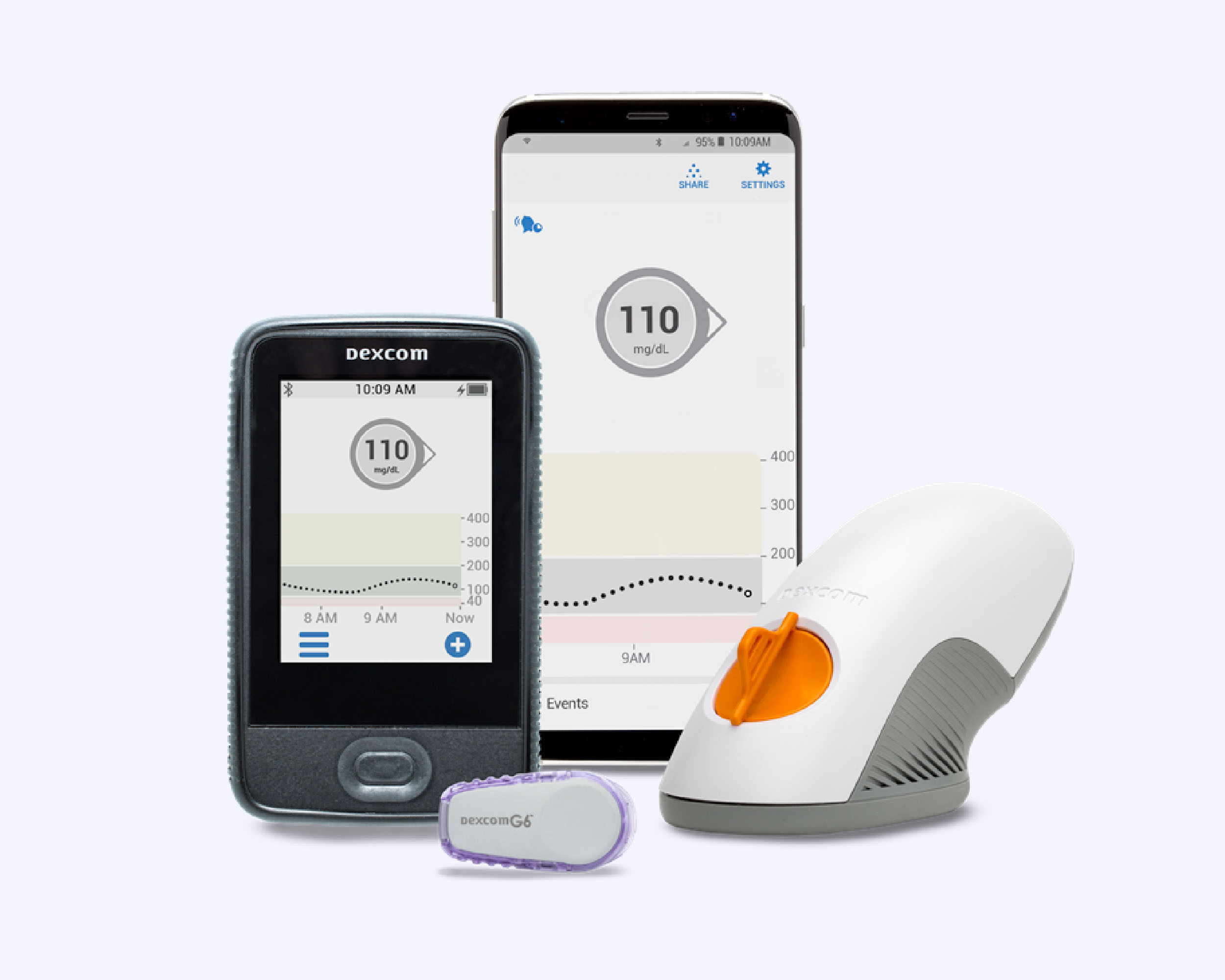How to Improve Your Time-in-Range After Meals
More clinicians and people with diabetes are becoming aware of Time-in-Range, a powerful metric to manage your diabetes. You might have started tracking Time-in-Range with a CGM and noticed a pattern: spikes in blood sugar levels after meals. This is a common challenge - right after meals is usually the hardest time to keep glucose levels in your target range. Today, we’ll be breaking down the basics of Time-in-Range and diving into how to stay in-range after meals, using a diabetes food tracker app.

What’s Time-in-Range? And Why’s It So Important?
Let’s cover the basics first. Time-in-Range is a diabetes management metric, which indicates the percentage of time per day a person’s glucose level is in a target range. Ideally, people with diabetes should spend as much Time-in-Range as possible.
Now, this target range is different for everyone, and you should speak to your doctor to determine your ideal range. Factors that affect your range include diabetes type, food you have access to, and the amount of exercise you can commit to. But general medical consensus suggests starting with a range of 70-180 mg/dl. As a rule of thumb, people with Type 1 and Type 2 diabetes should stay in-range at least 70% of the time, while people with gestational diabetes should stay in-range at least 85% of the time.

Although A1C is still a useful tool, Time-in-Range offers more detailed insight into your glucose levels. A1C indicates your average blood sugar levels over 3 months. You might have a 7% A1C, a goal often advised for people with Type 2 diabetes. That means your average blood glucose level would be 154 mg/dl. But you could have spent 100% of that time in-range, or 40% of that time in-range. A1C only shows the average.
Time-in-Range After Meals
Postprandial (read: post-meal) blood sugar is usually the hardest to manage. That’s because the carbohydrates, and to some extent also protein and fats, in your food cause your blood glucose to rise. You probably inject rapid-acting insulin at mealtimes - this takes 15 minutes to start working and 60-90 minutes to peak. Since artificial insulin acts slower than naturally-produced insulin, you’ll likely experience a post-meal blood glucose spike just over an hour after you eat, before a drop after the insulin kicks in.

For those blood sugar spikes after meals, continuously monitoring blood sugar levels with a CGM and tracking Time-in-Range is particularly helpful. It tracks patterns in your glucose levels, highlighting the specific factors that influence your blood sugar levels, including different meals, insulin dosages and timing, and exercise. Once you’ve identified the factors that affect your blood sugar, you can use these insights to improve your Time-in-Range.
How to Improve Time-in-Range After Meals
Use of a CGM
What might help improve your Time-in-Range is to use a CGM along with an app that provides insights on the data. This advice aims to improve your Time-in-Range in general, but especially if you struggle with unpredictable spikes after meals. CGMs continuously monitor your blood glucose, allowing you to gain a fuller understanding into what causes spikes. You’ve got some choice when it comes to the specific CGM you use. For example, the Dexcom G6, a highly accurate sensor that sends blood sugar readings to the Dexcom G6 app every 5 minutes. But different CGMs work better for different people, depending on factors like how often you want to replace the wearable device and how frequently you want readings to be sent to your phone.

Use of a Diabetes Logbook App
Using a CGM is an effective tool to measure your overall Time-in-Range, but to get more specific insights about your Time-in-Range after meals, combine it with a diabetes food tracker app like SNAQ. SNAQ is a diabetes logbook app that syncs with your glucose sensor, allowing you to discover how the food you eat affects your Time-in-Range. The app uses food recognition AI to recognize your meal, then shows you the full nutritional breakdown and post-meal glucose curve for each meal.

Daily Exercise
Research shows that exercise improves Time-in-Range for people with Type 1 diabetes. A study published in Diabetes Technology & Therapeutics found that people with Type 1 diabetes spent more Time-in-Range on days they exercised compared to days they didn’t. The improvement was noticeable with as little as 30 minutes of exercise a day. Although you can do any kind of structured exercise (aerobic, resistance or mixed) to get the Time-in-Range benefits, frequency is key. Aim for short, 30-minute sessions daily, as the effects of exercise on Time-in-Range seem to be limited to 24 hours.
Choose Low GI Foods
Foods with a low glycaemic index (GI) raise your blood sugar slower than foods with a high GI. GI scores depend on a whole load of factors, like fibre content, fat content, and temperature. You could look up all your meals in a GI search tool, and then use that number to estimate your spike in blood sugar levels. But it’s easier - and more accurate - with SNAQ: just snap your food, then see past, similar meals that will help you predict your glucose curve.

Start Improving Time-in-Range
Managing your postprandial Time-in-Range is one of the biggest challenges in diabetes. But by using a CGM and the best food tracking app for diabetics, SNAQ, you can start to understand your glucose trends and improve your Time-in-Range.
The SNAQ website does not contain medical advice. The contents of this website, such as text, graphics, images and other material are intended for informational and educational purposes only and not for the purpose of rendering medical advice. The contents of this website are not intended to substitute for professional medical advice, diagnosis or treatment. Please consult your healthcare professional for personalized medical advice.
Questions, inputs or feedback? We are happy to hear from you at feedback@snaq.io or check out our website at snaq.io to find out more!




